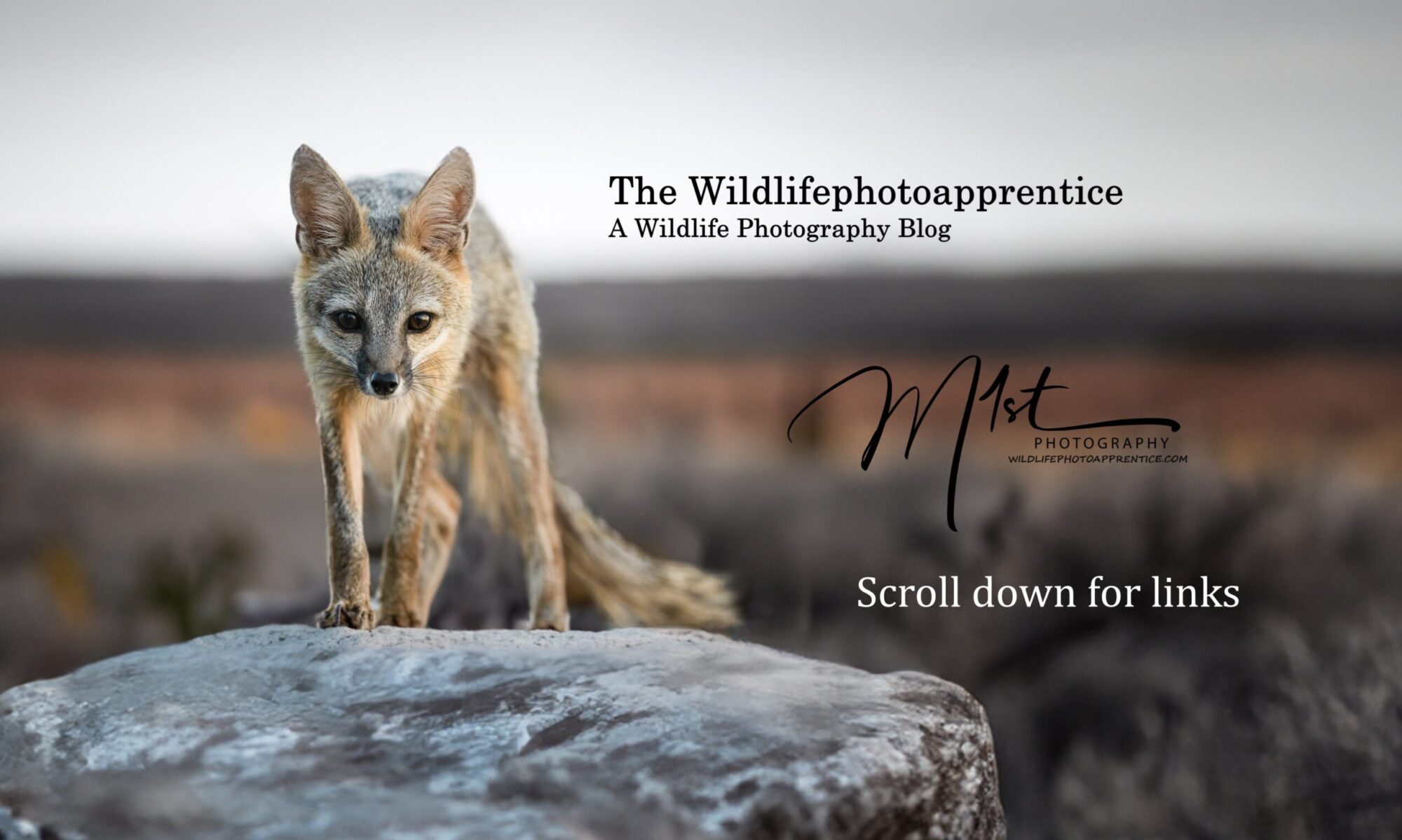Buying and using a super-telephoto lens for wildlife photography can be a daunting task, especially if you are new to this genre of photography. A super-telephoto lens is generally considered any lens with a focal length of 300mm or more. These lenses are essential for capturing wildlife images from a distance, allowing you to capture detailed shots of animals without disturbing their natural behavior.
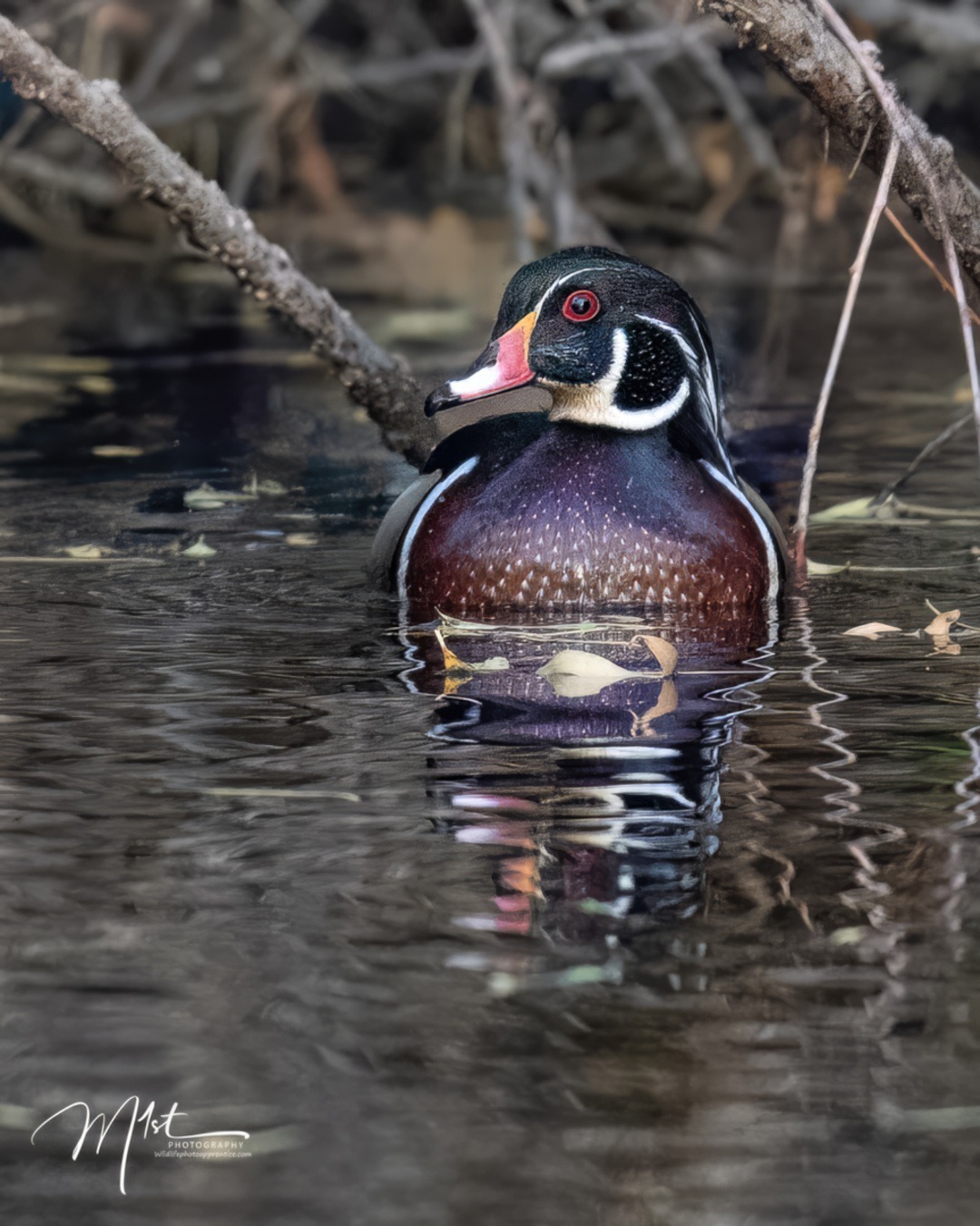
Before you buy a super-telephoto lens and start taking wildlife photos, you need to make sure you choose the right lens. There are various options available in the market, and you should select the lens based on the type of wildlife photography you intend to do. Focal length is of prime importance. Wildlife photography typically requires a long focal length to get close to the subject without disturbing it. Look for a super telephoto lens with a focal length of at least 300mm, but preferably 400mm or more. A 300mm lens is good for smaller wildlife or when you are shooting from a closer distance, but for larger animals like bears, moose, or birds of prey, you may need a 500mm or 600mm lens. Super-telephoto zoom lenses are a convenient and versatile way to cover multiple focal lengths with one lens. They are often a more economical choice as well.
The lowest aperture of the lens should be the next consideration. A wide aperture (low f-number) allows you to use faster shutter speeds, which is crucial for freezing fast-moving wildlife. Wide apertures also isolate the subject with shallow depth of fields. Look for a lens with a maximum aperture of at least f/4, but f/2.8 or wider is ideal. Generally the wider the aperture in super-telephoto lenses the higher the price.
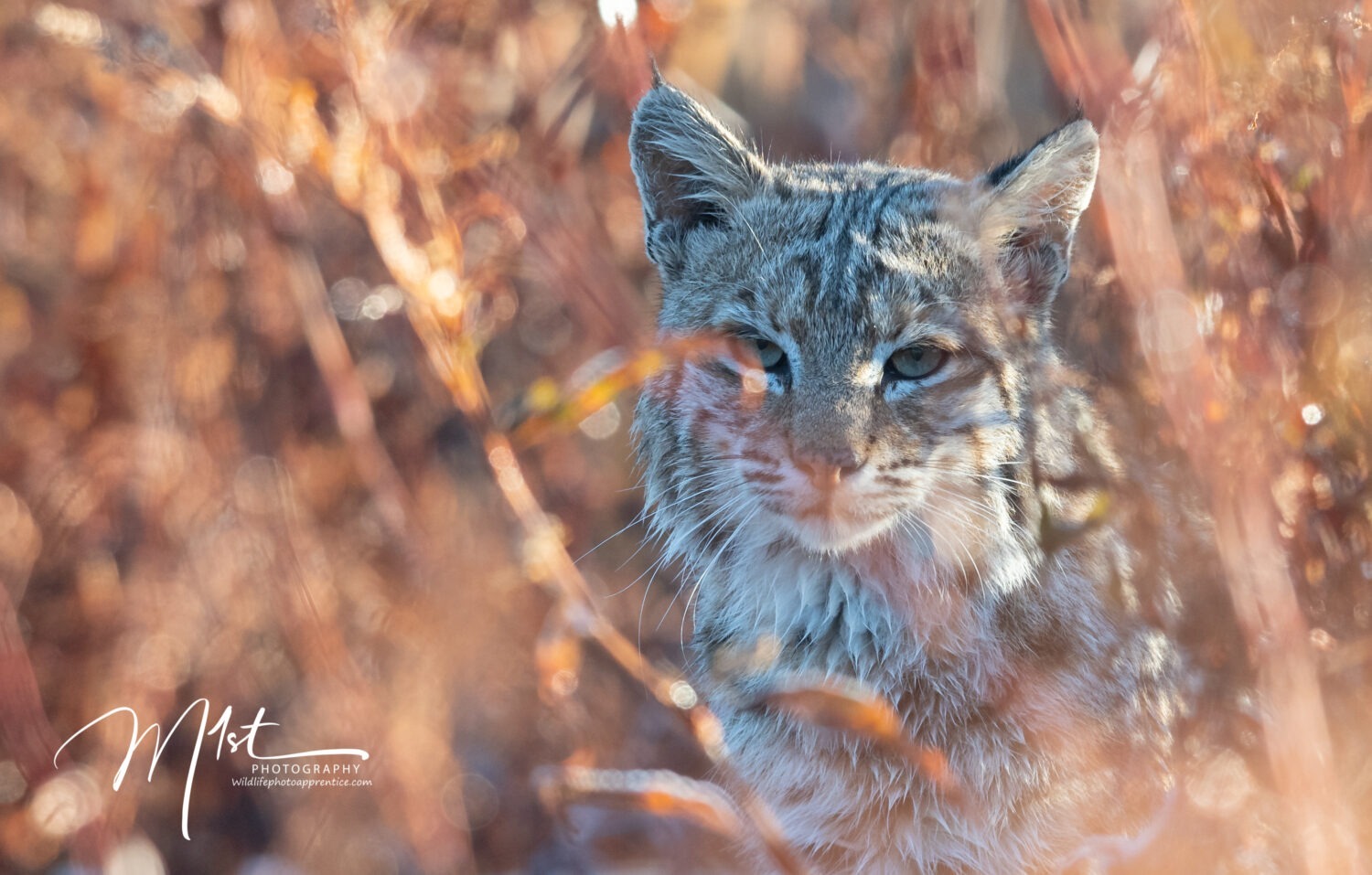
Image stabilization is important to consider in a telephoto lens. Handholding a super-telephoto lens can be challenging, especially when shooting in low light. A lens with image stabilization can help you get sharp shots at slower shutter speeds. A lens with image stabilization can have as much as a two-stop difference in exposure over a lens without it giving you more room to add shutter speed.
Autofocus is a routine function on modern lenses, However, older super-telephoto lenses that are manual focus can be purchased for far less money and therefore may be more attractive when just starting out, but don’t forget wildlife is unpredictable, so it is very helpful to have a lens with fast and accurate autofocus to keep up with moving subjects. Look for a lens with a fast and quiet autofocus motor.
Weight and size are definite considerations. Large super-telephoto lenses are heavy and cumbersome to carry around, especially if you’re hiking or traveling. Consider the weight and size of the lens, and whether you’ll be able to comfortably use it in the field. Newer lenses such as the Nikon 500mm PF lens uses Phase Fresnel technology to greatly decrease the size and weight of the lens. The difference is almost unbelievable. The convenience of easily hand-holding these lenses makes them quite attractive to wildlife photographers.
Wildlife photography is an expensive hobby and price is always a consideration. Super-telephoto lenses are expensive, so consider your budget and whether you’re willing to invest in a high-quality lens. These lenses are however a good investment. They are generally well-built, have good resale value, and will last you for years.
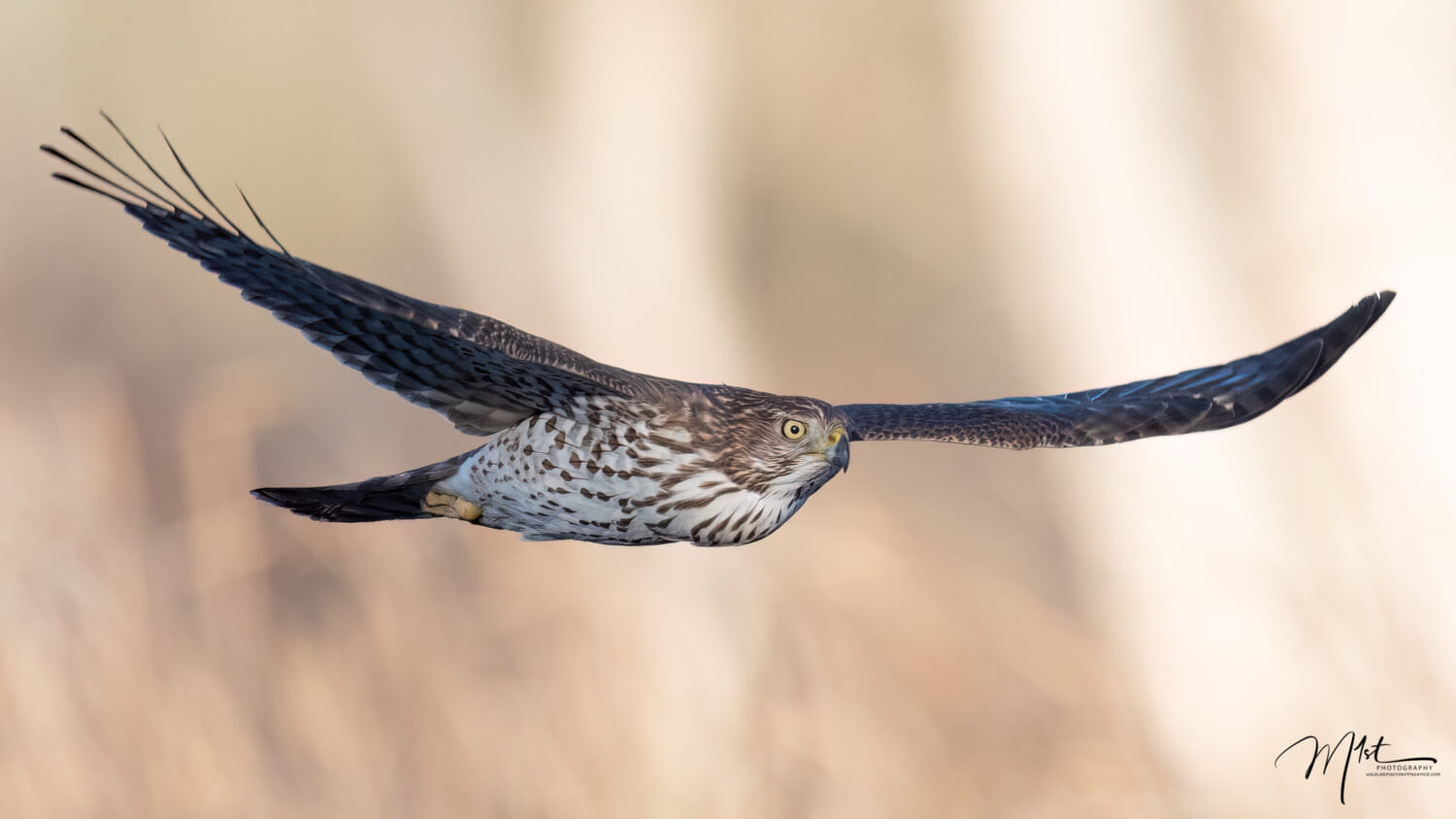
When shooting with a super-telephoto lens, it is essential to use a sturdy tripod. The weight of the lens can make it challenging to hold steady for a prolonged period. Make sure your tripod is strong enough to hold your camera and lens securely and is easy to adjust to different heights. It’s also important to make sure the tripod is stable on uneven terrain, which can be common in wildlife photography.
Camera shake can result in blurry images. The magnification effect of a super-telephoto lens can amplify even small movements. A small movement of a super-telephoto lens can translate into a large movement over a distance due to the magnification of the lens. Super telephoto lenses have a long focal length, which magnifies the subject and makes it appear closer than it actually is. This magnification effect can also amplify the effects of camera movement, making even small movements appear much larger in the final image.
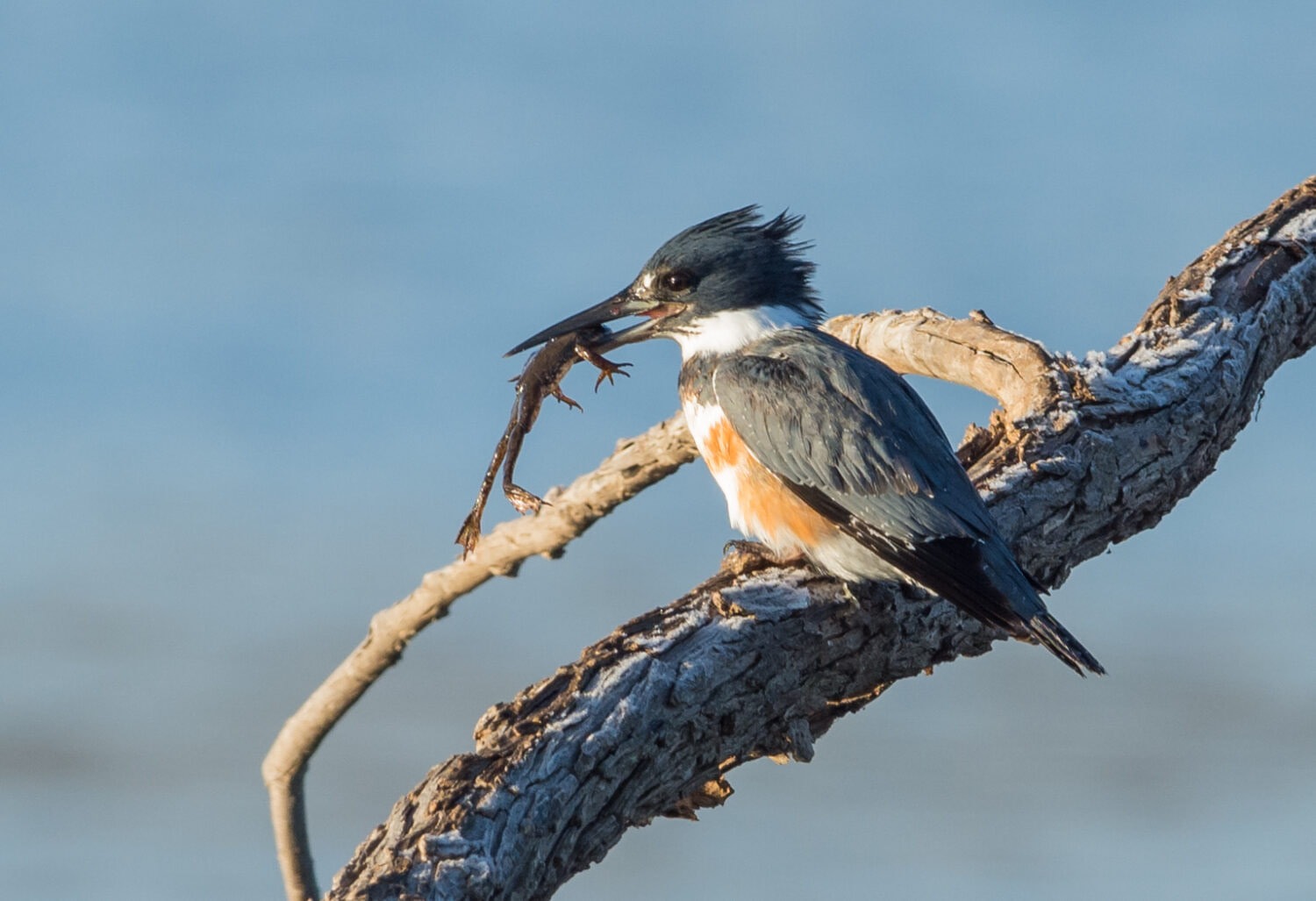
For example, if you are using a 500mm lens to photograph a bird that is 50 meters away, a small movement of the lens equivalent to 1 degree can cause the bird to shift position by several centimeters in the final image. This is because the long focal length of the lens magnifies the movement and makes it appear much larger in the final image.
To minimize the effects of camera movement when using a super-telephoto lens, it is important to use a sturdy tripod, a remote shutter release, and a proper shooting technique. Additionally, using image stabilization technology, either in the lens or in the camera body, can help to minimize the effects of camera shake and ensure that your images are sharp and in focus.
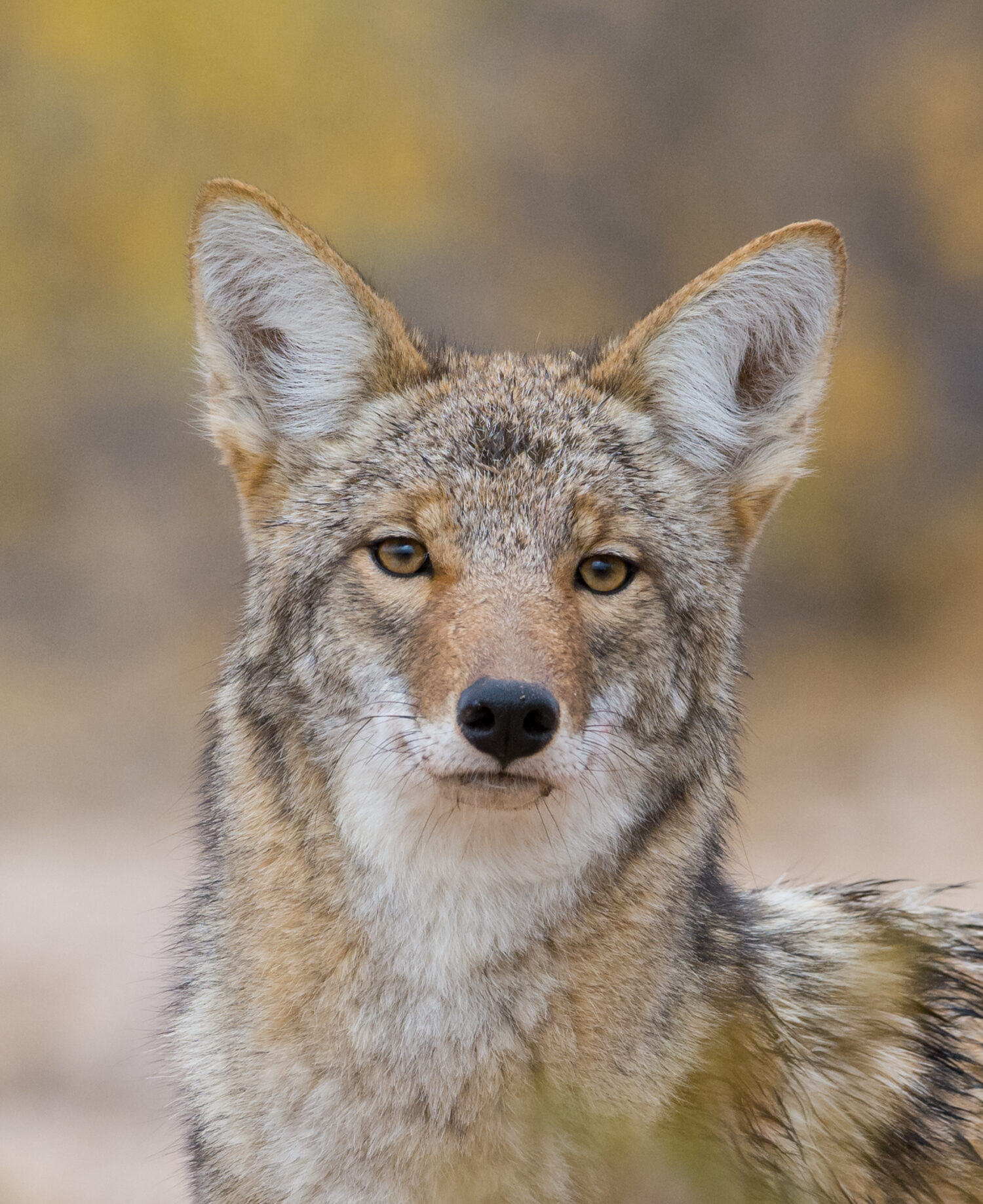
Before buying a tripod for wildlife photography, here are some things to consider.
Stability is key. A tripod’s primary function is to provide stability for your camera, so it’s important to choose one that is sturdy and can support the weight of your camera and lens. Look for a tripod with thick, durable legs and a solid center column or no center column at all.
Weight makes a difference. Depending on where you’re shooting, you may need to carry your tripod for long distances. Consider the weight of the tripod and whether it’s comfortable to carry for extended periods. Carbon fiber tripods excel in this area.
Height plays a significant role. Wildlife photography often requires shooting from a low angle, so look for a tripod that can get low to the ground. On the other hand, you may also need to shoot from an elevated position, so make sure the tripod can also extend to the height you need.
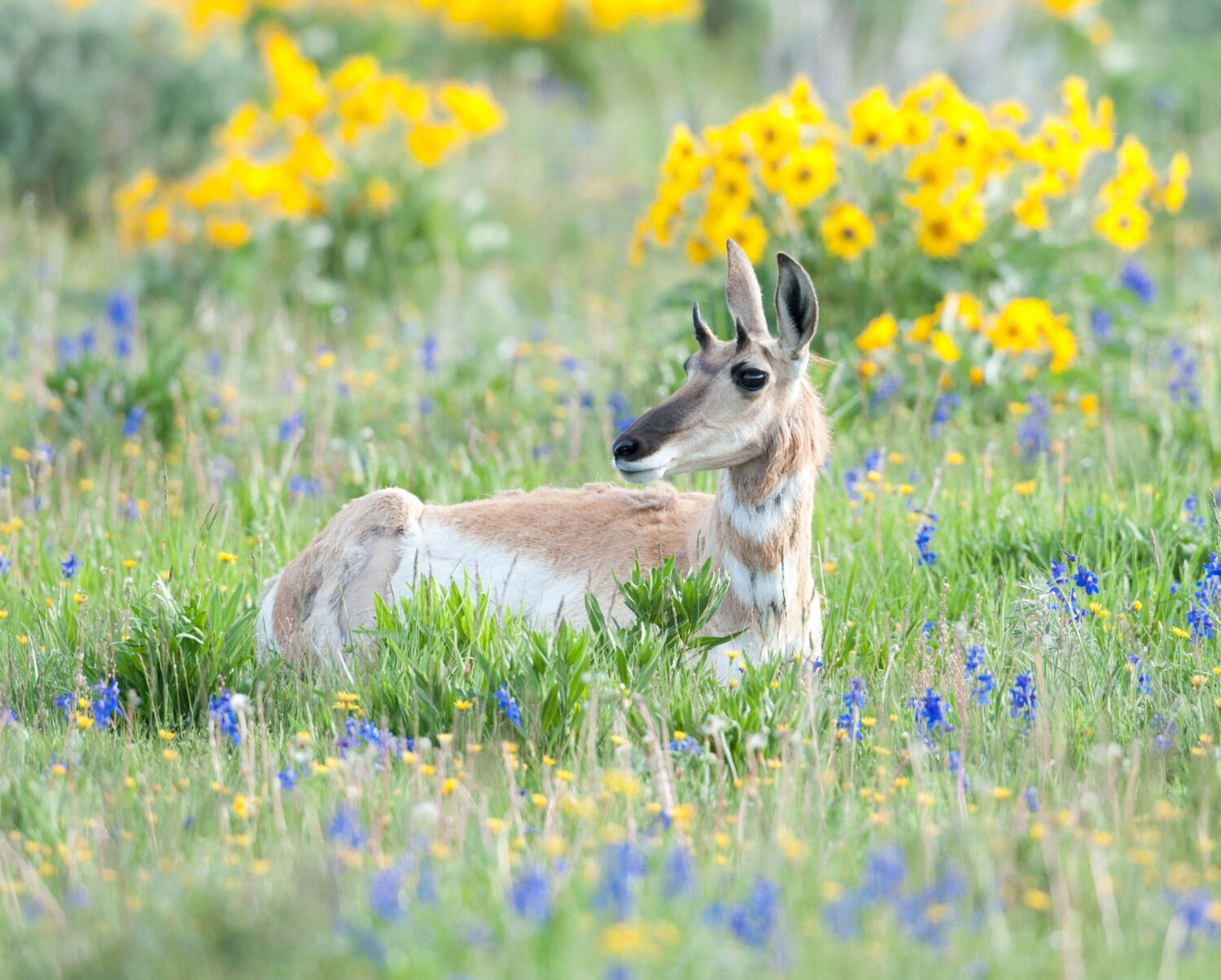
Material can be a game changer. Tripods are made from a variety of materials, including aluminum, carbon fiber, and magnesium. Aluminum is heavier but more affordable, while carbon fiber is lighter but more expensive. Consider which material is best for your needs and budget.
Compatibility is often overlooked. Make sure the tripod you choose is compatible with your lens. Tripods have a maximum weight they can support. it’s unwise to exceed these recommendations. Look for a tripod with a sturdy mount that can hold your camera securely.
Finally, the price can dictate everything. Tripods can range in price from under $50 to well over $1,000. Consider your budget and how often you’ll be using the tripod before making a purchase. Remember that a high-quality tripod can last you for many years, so it may be worth investing in a more expensive model if you can afford it.
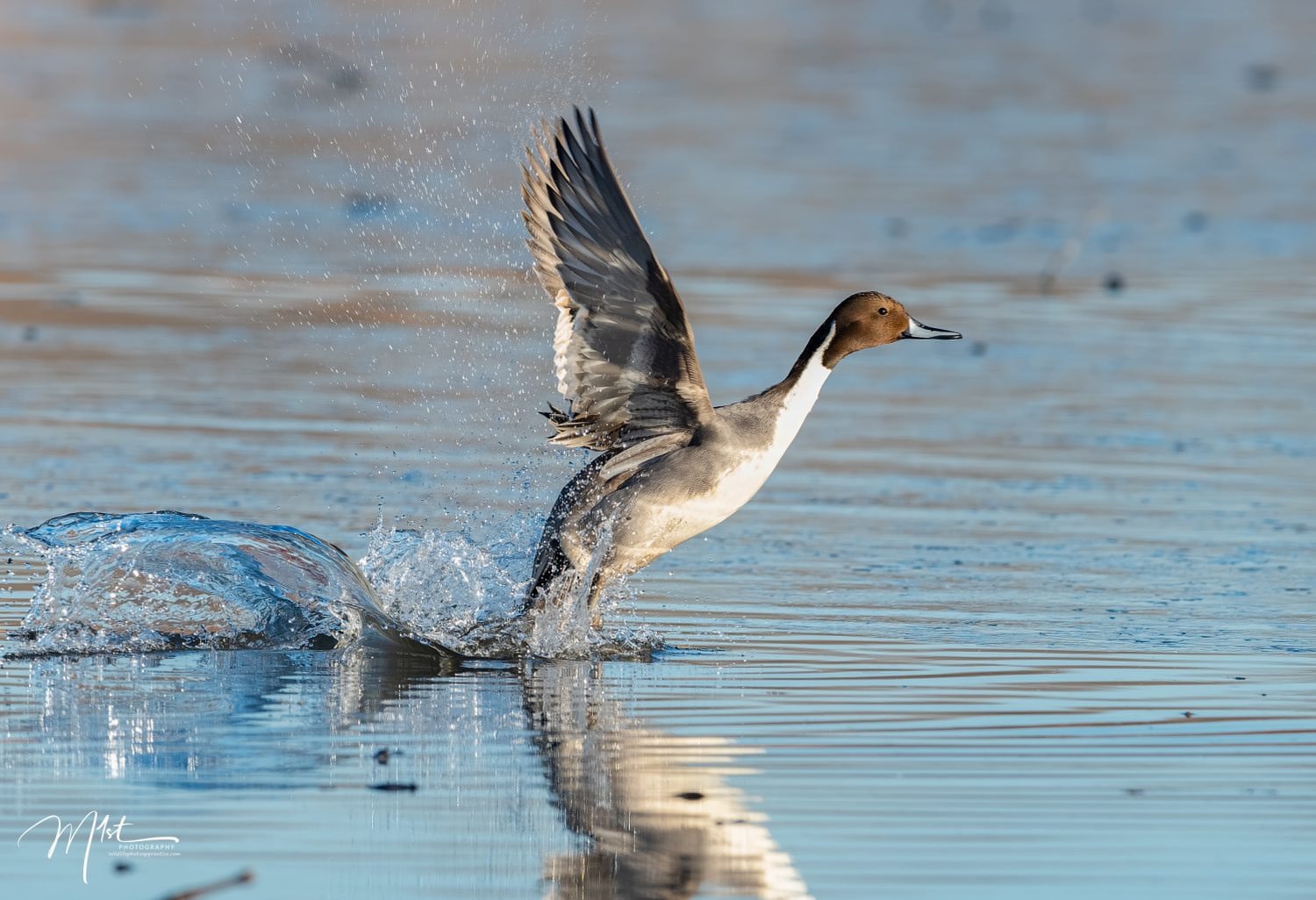
Like tripods, a Gimble head is an essential piece of equipment for wildlife photographers. In addition to enhancing stability, using a gimbal head can provide several benefits when doing wildlife photography with super-telephoto lenses. A gimbal head allows for a full range of motion, which is important for tracking fast-moving subjects. The head can pan smoothly and tilt easily, making it easier to keep the subject in the frame. A gimbal head can make it more comfortable to use a super-telephoto lens for extended periods. The design of the gimbal head allows the weight of the lens to be evenly distributed, reducing the strain on your arms and shoulders. A gimbal head allows for quick adjustments to be made to the position of the lens, which is essential when trying to capture a fleeting moment or changing subject positions.
Overall, using a gimbal head can greatly improve the quality of your wildlife photography with super-telephoto lenses, making it easier to capture sharp, well-composed shots of fast-moving subjects.
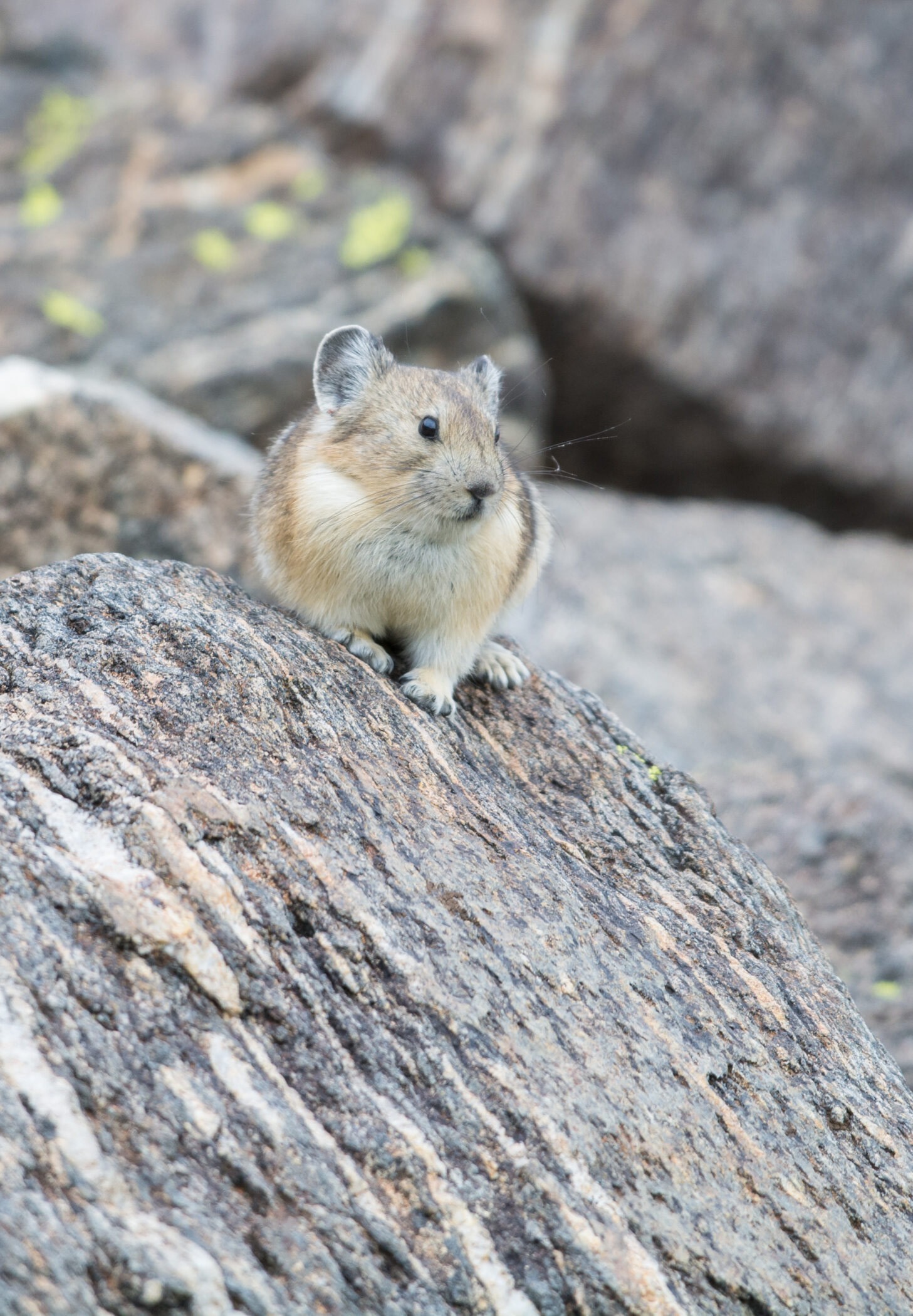
Before buying a gimbal head for wildlife photography, here are some things to consider:
Weight: Wildlife photography often requires long periods of time holding your camera and lens in position, so consider the weight of the gimbal head and whether it’s comfortable to use for extended periods.
Load capacity: Gimbal heads are designed to support heavy camera and lens combinations, so make sure the load capacity of the gimbal head is sufficient for your needs.
Fluid movement: A gimbal head should allow you to move your camera and lens smoothly and easily, without any jerky movements. Look for a gimbal head with smooth and fluid movement.
Build quality: A gimbal head should be sturdy and durable, as it will be subjected to a lot of wear and tear in the field. Look for a gimbal head made from high-quality materials and with solid construction.
Ease of use: A gimbal head should be easy to set up and use, with intuitive controls and adjustments. Look for a gimbal head that is easy to operate and doesn’t require a lot of time and effort to set up.
Price: Gimbal heads can range in price from under $100 to over $1,000. Consider your budget and how often you’ll be using the gimbal head before making a purchase. Remember that a high-quality gimbal head can last you for many years, so it may be worth investing in a more expensive model if you can afford it.
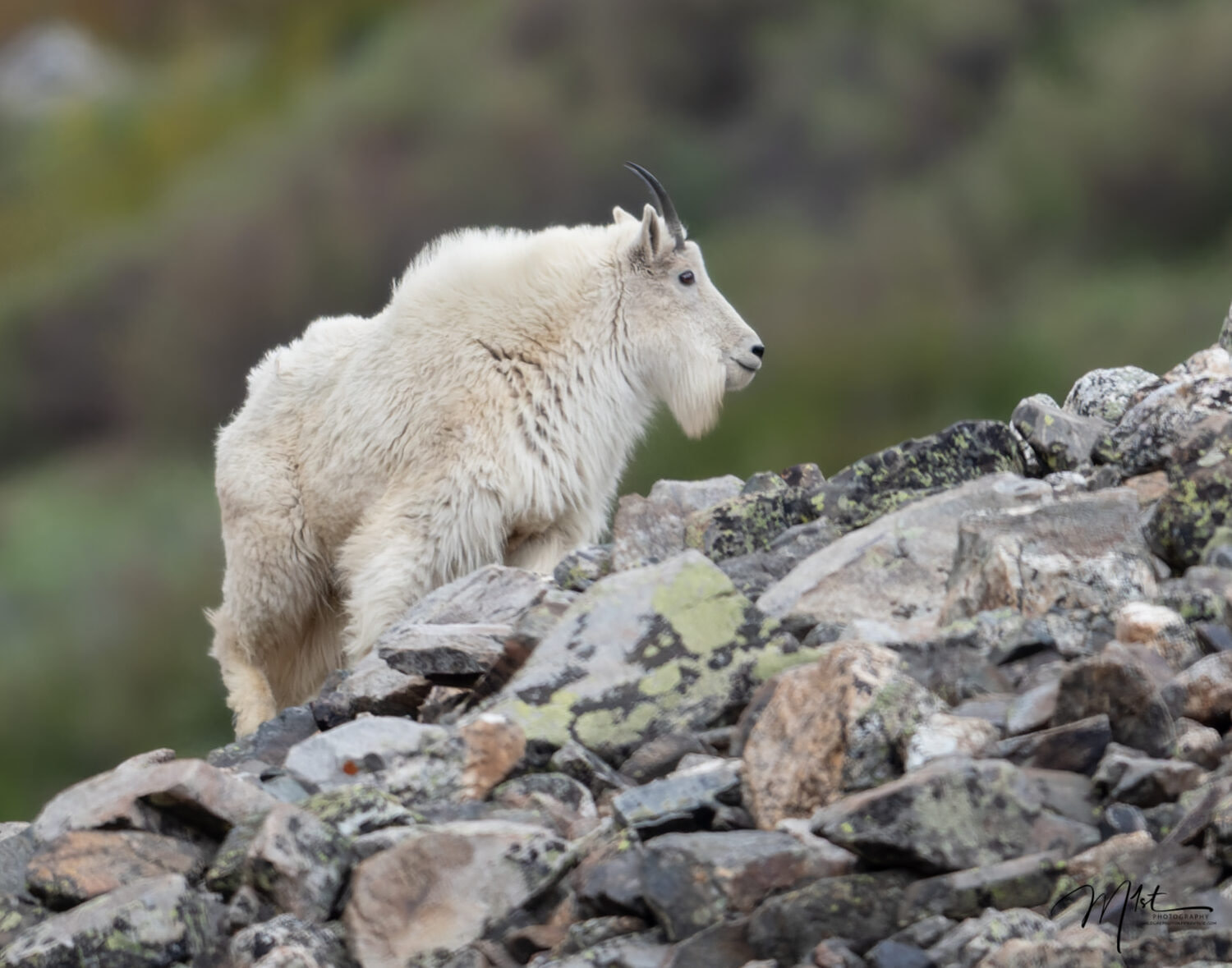
Shooting wildlife with a super-telephoto lens is affected significantly by camera settings. Wildlife photography can be unpredictable, so it’s essential to choose the right camera settings. In general, it’s best to shoot in manual mode, as this gives you more control over the exposure, shutter speed, and aperture. Use a fast shutter speed to freeze motion and avoid camera shake. An aperture of f/8 or higher will help ensure your subject is in focus, while also providing adequate depth of field. ISO should be set to the lowest possible setting for the best image quality, but adjust as needed for the lighting conditions.
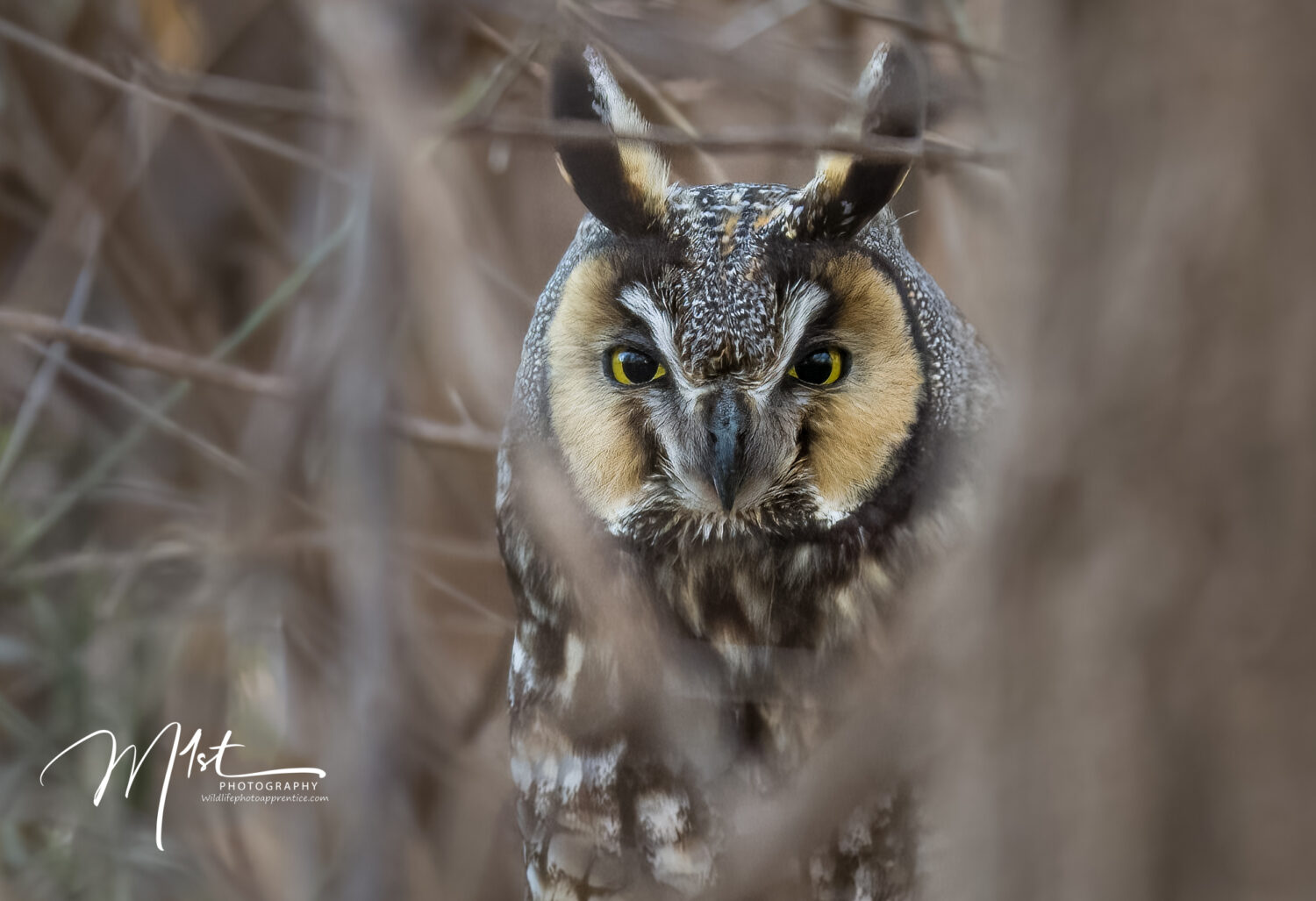
Wildlife photographers using super-telephoto lenses should practice their focusing skills. One of the biggest challenges with wildlife photography is acquiring and getting your subject in focus. Using a super-telephoto lens can make this even more challenging, as the field of view and depth of field is much narrower. To get the best results, use single-point continuous-servo autofocus, and focus on the animal’s eyes. This will help ensure that the animal’s face is sharp, which is especially important for portraits. It’s also important to be patient and take your time getting the focus right, even if it means waiting for the animal to move into a better position.
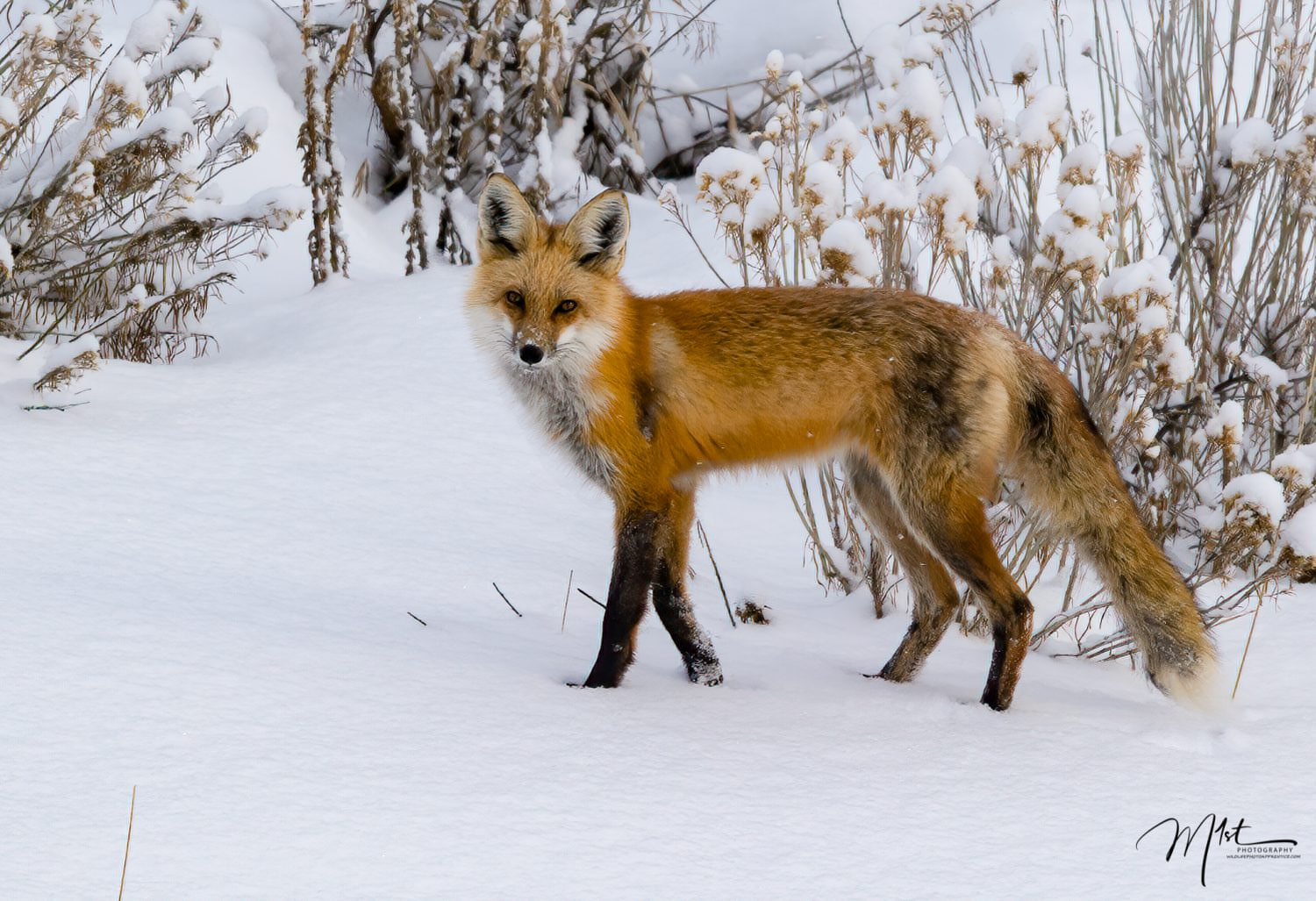
When using a super-telephoto lens, it’s easy to get tunnel vision and focus solely on your subject. However, it’s important to be aware of your surroundings and pay attention to the background and foreground of your shot. Make sure there are no distracting elements that could take away from your subject, such as tree branches or other animals. A clean and uncluttered background will help your subject stand out and create a more impactful image.
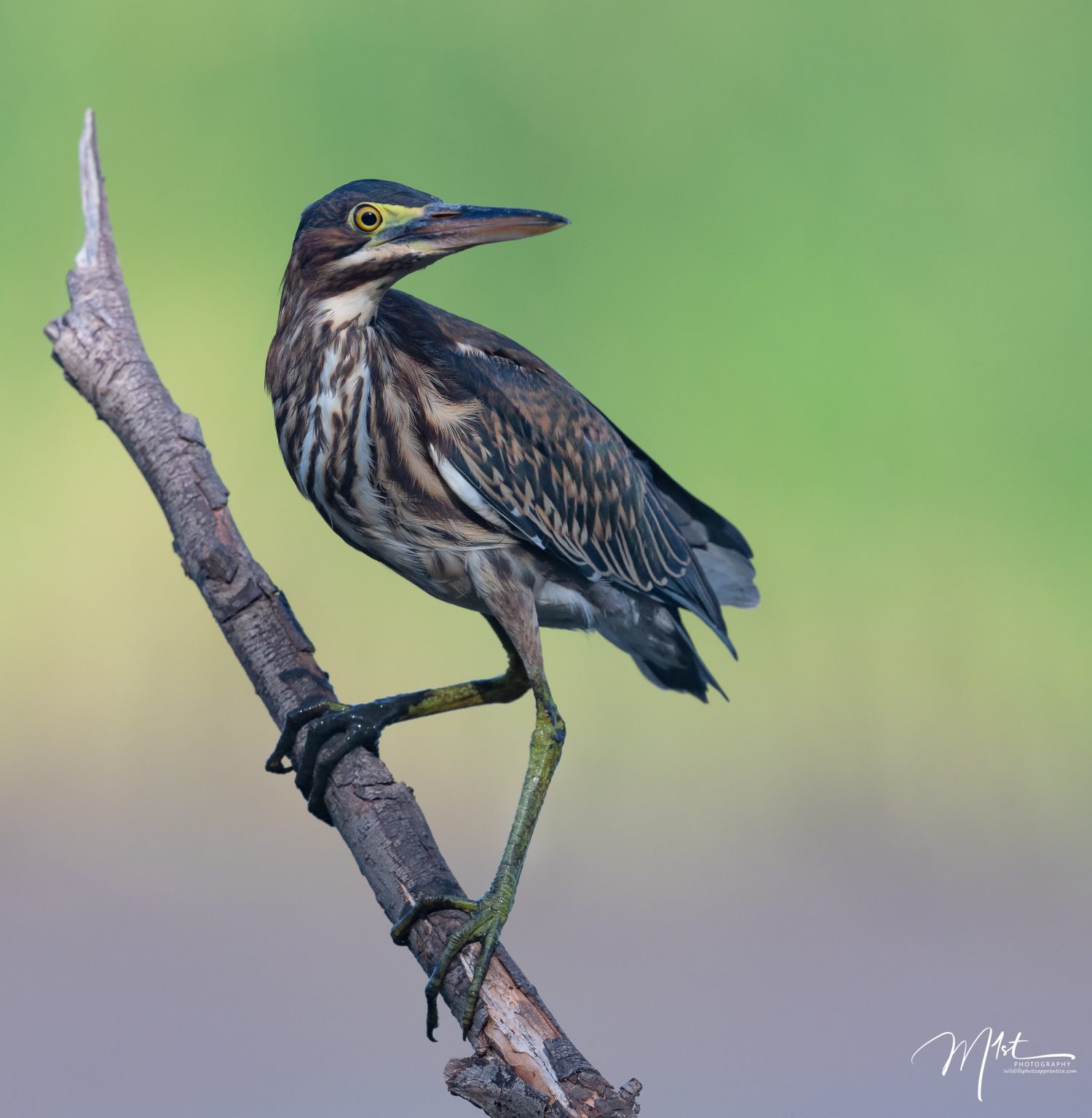
it’s also crucial to respect the wildlife you are photographing. Never approach too closely or disturb their natural behavior for the sake of a photo. Use a super-telephoto lens to get close, but always maintain a safe distance. Be mindful of the animal’s stress levels and avoid getting too close if they appear agitated or defensive. Remember that you are a visitor in their environment, and your goal should be to capture their natural behavior and beauty without causing harm.
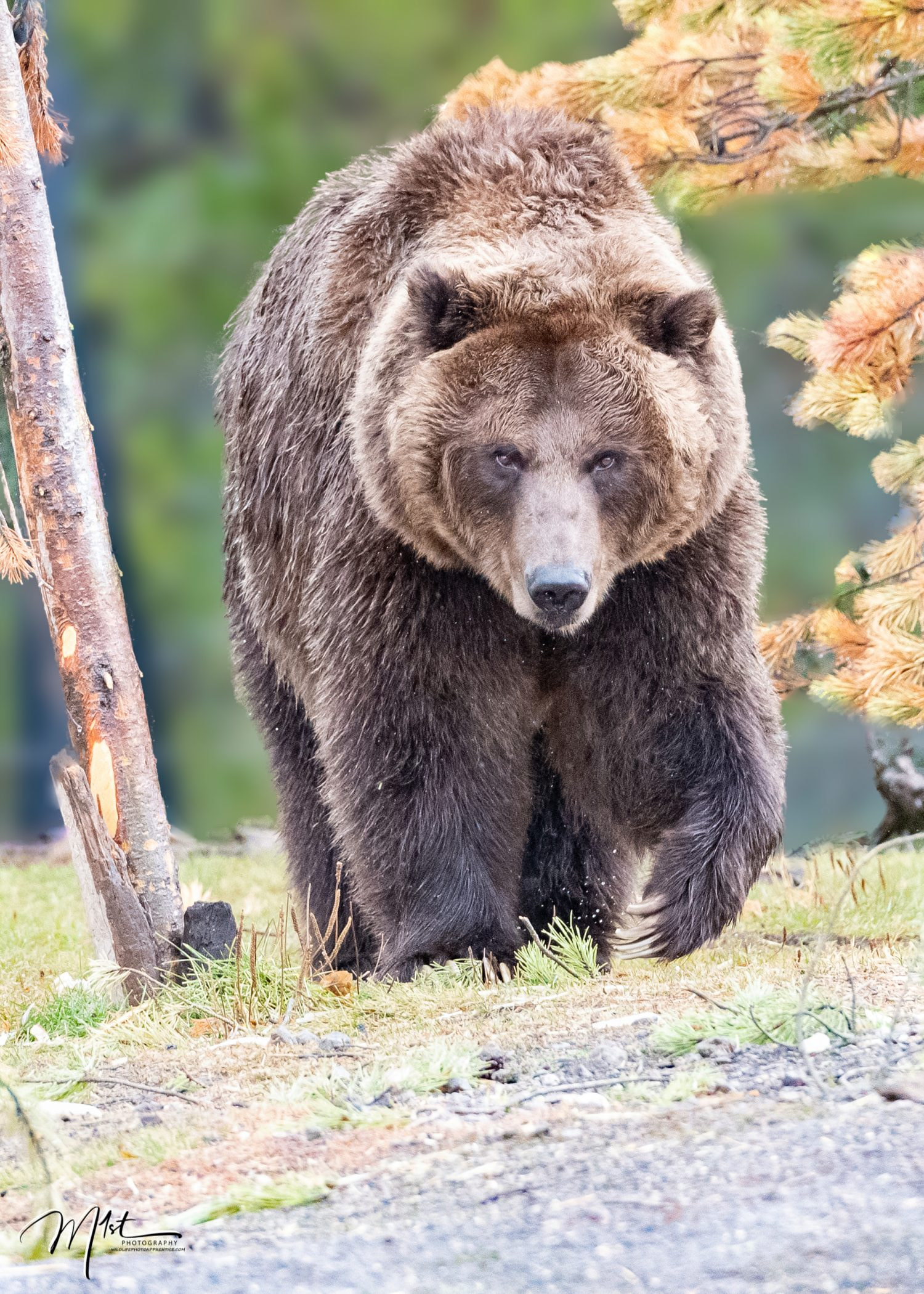
Finally, it is important to be aware of the conditions and adjust your shooting technique accordingly. Heat distortion is a common challenge when using super-telephoto lenses for wildlife photography, particularly in hot climates or during the summer months. Heat distortion occurs when hot air rising from the ground causes the air density to change, creating a visual distortion that appears as a shimmer or waviness in the image. This distortion can make it difficult to capture sharp and clear images of wildlife, particularly when shooting over long distances.
There are several techniques that wildlife photographers can use to reduce the effects of heat distortion when using super-telephoto lenses. One approach is to shoot during the cooler parts of the day, such as the early morning or late evening, when the air is less likely to be heated by the sun. This can help to minimize the effects of heat distortion on the image.
Another approach is to use a lens with a large aperture, which can help to reduce the depth of field and blur out any visible distortion in the background of the image. Additionally, some photographers use specialized heat-resistant coatings on their lenses to minimize the effects of heat distortion.
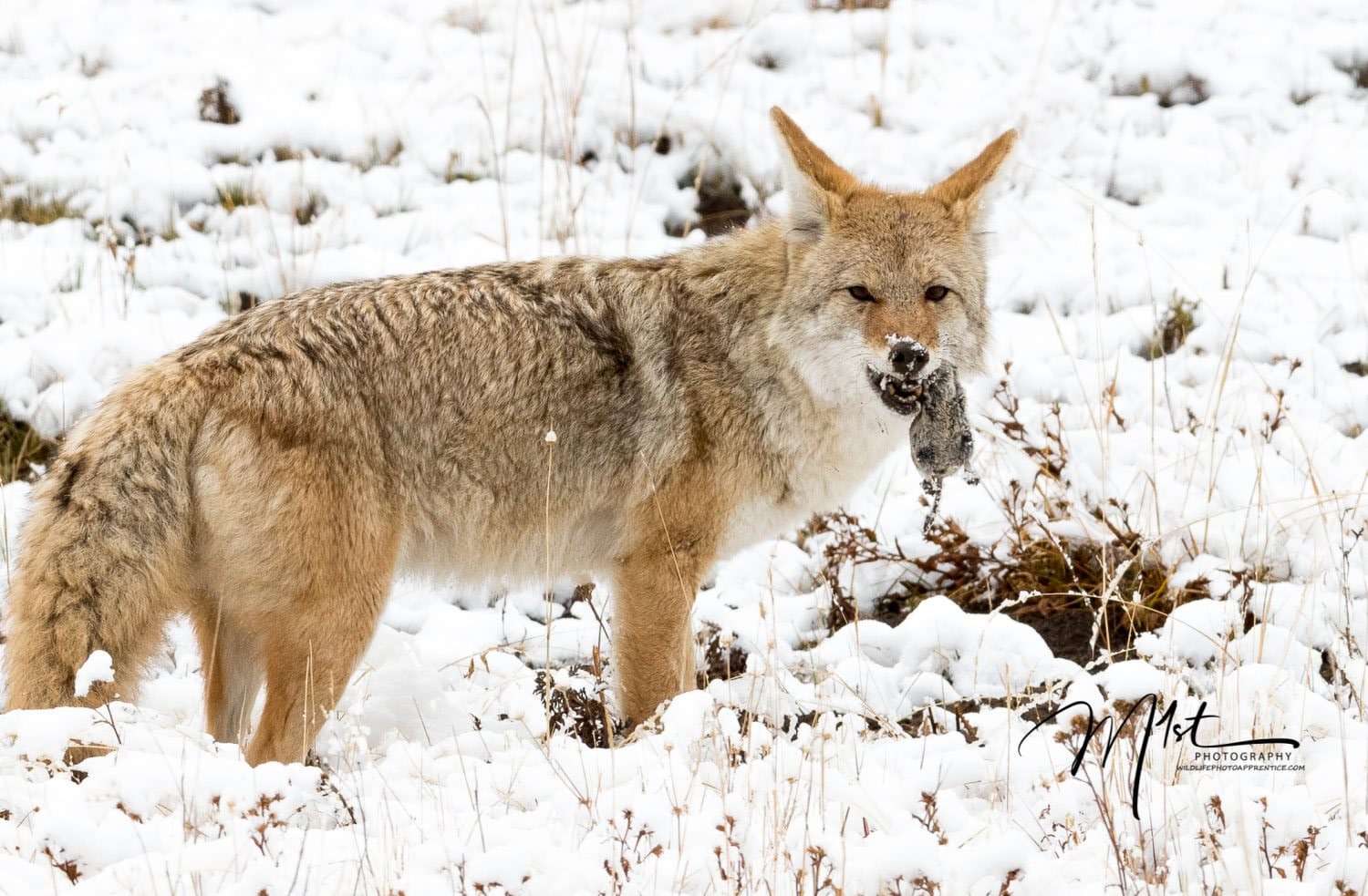
In summary, buying and using a super-telephoto lens for wildlife photography requires careful thought and technique to ensure that you capture sharp and detailed images. It starts with buying the right equipment. With practice, using a tripod and gimble head, choosing the right aperture and shutter speed, being patient, and anticipating the shot will become second nature. You can then begin to capture stunning images of wildlife in their natural habitat.
